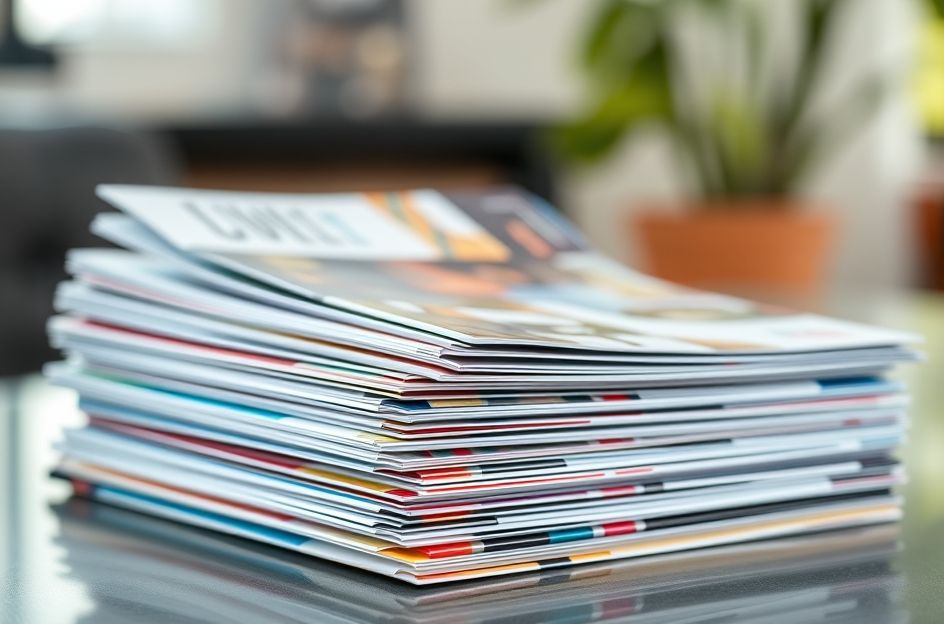Brochures remain a staple for businesses, serving as trade show takeaways, informative sheets, and promotional tools to reach target audiences. While design and layout are crucial, full-color printing significantly enhances a brochure’s effectiveness.
However, the choice of colors profoundly impacts not only the aesthetic appeal but also the message conveyed to potential customers. Understanding color principles is essential for maximizing their impact.
Full Color Printing (CMYK):
Full-color printing typically refers to the standard four-color commercial process using offset presses, available at most print shops. This involves the CMYK process—cyan, magenta, yellow, and black inks—to create a wide spectrum of colors seen in vibrant brochures.
It’s important to note that colors displayed on computer monitors (RGB) may differ from their printed counterparts (CMYK). While discrepancies can arise due to screen calibration, most printers require files in CMYK format. Software can convert RGB images and text to CMYK before sending them to the printer.
The advantage of four-color printing lies in its computer-controlled mixing process, ensuring consistent quality. This makes it a popular choice for businesses.
Spot Colors:
Spot color printing is suitable for projects using only one or two colors. Printers mix inks to precisely match a specific color, ensuring consistency across the entire print run. These custom-mixed inks are known as Pantone colors, often used for logos.
Spot color printing is ideal when an exact color match is crucial to the brochure design and needs to be replicated accurately by the printing press.
Planning Your Full Color Brochure:
Full-color printing requires careful planning. Don’t opt for it simply because it’s trendy. Consider these factors:
* Color Placement: Maximize cost-effectiveness by utilizing full color on both front and back covers.
* Folding Options: Decide between tri-fold or half-fold designs.
* Overall Design: Plan the brochure’s overall aesthetic.
* Paper Stock: Recognize its influence on color reproduction.
Understanding Color:
The most important factor is understanding color and its strategic use. Carefully blend colors with all design elements, as this combination significantly affects how your brochure is received. Use color wisely to amplify your brochure’s impact on your business.
